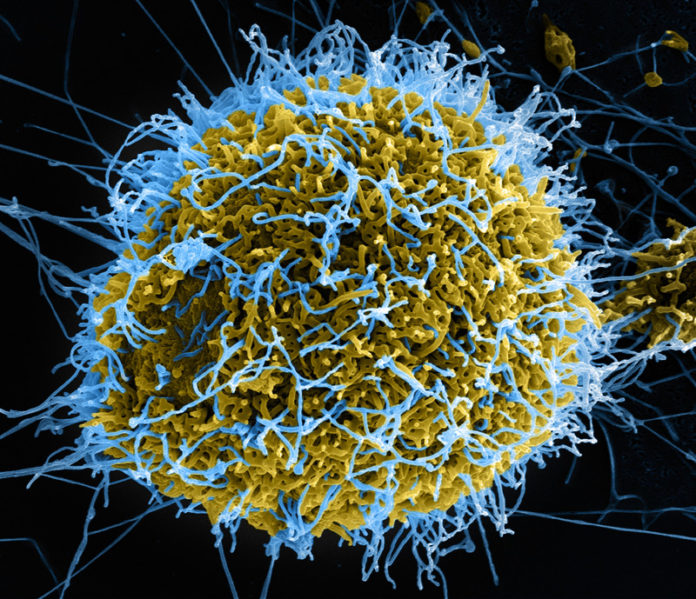
A study recently published in the Journal of the American Academy of Dermatology shows that for Ebola, measles, syphilis and many other conditions with skin manifestations the mortality rates are hundreds of times higher in developing countries than they are in developed countries. The case of Ebola, the paper writes, “Highlights the importance of monitoring disease burden in the developing world even when the burden is low.”
“Our goal is to provide information about trends and patterns to bring to light what’s going on around the world so that funds can be allocated and policy developed as needed,” says Lindsay Boyers, medical student at Georgetown University, working in the lab or Robert Dellavalle, MD, PhD, MSPH investigator at the University of Colorado Cancer Center, associate professor of dermatology at the University of Colorado School of Medicine, and the paper’s senior author.
The paper used data from the Global Burden of Disease Study, an ongoing project funded by the Bill and Melinda Gates Foundation to collect a billion data points describing the distribution of the world’s diseases. Of the 269 diseases in the GBD database, this study compares rates in developed versus developing countries of Ebola, malignant melanoma, basal and squamous cell carcinoma, decubitus ulcer, bacterial skin diseases, cellulitis, varicella (including chickenpox, congenital varicella infection, and herpes zoster), syphilis, measles, and dengue.
Specifically, findings show that in 2010 the measles death rate was 197 times greater in developing countries than in developed countries, but this ratio was down from 345-to-1 in 1990. Syphilis death rates were 33 and then 45 times greater in developing countries in the years 1990 and 2010. And at the time of writing, 4,447 people had died of Ebola in developing countries compared with two in developed countries.
Of the diseases studied, only melanoma was higher in developed countries, at about 5 times the age-adjusted mortality as in developing countries.
“We have light-skinned populations in areas with tropical sun including Australia and New Zealand, and Asian populations don’t tend to embrace tanning the way we do in the United States and many developed countries in Europe,” says Dellavalle, explaining this higher melanoma incidence in developed countries.
Interestingly, dengue fever and dengue hemorrhagic fever had no higher age-adjusted mortality in developing countries than they did in the developed world. Dengue fever is a virus transmitted by mosquito in more than 110 countries resulting in more than 25,000 deaths per year.
The researchers suggest that in addition to the necessity of disease monitoring to help ensure containment of outbreaks such as Ebola, findings suggest that campaigns to eradicate measles in sub-Saharan Africa are effective but significant work is still to be done, and treatment of (and potentially a vaccine for) syphilis remains a major health challenge in developing countries.
A letter submitted by the authors as a late-breaking addendum to the paper suggests that the skin manifestations of Ebola have been under-reported, and that recognition of “non-proritic morbilliform eruptions” that may occur within 2-7 days of symptom onset could help early detection of the disease.
Story Source:
The above story is based on materials provided by University of Colorado Denver. The original article was written by Garth Sundem. Note: Materials may be edited for content and length.
